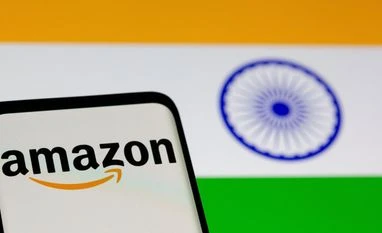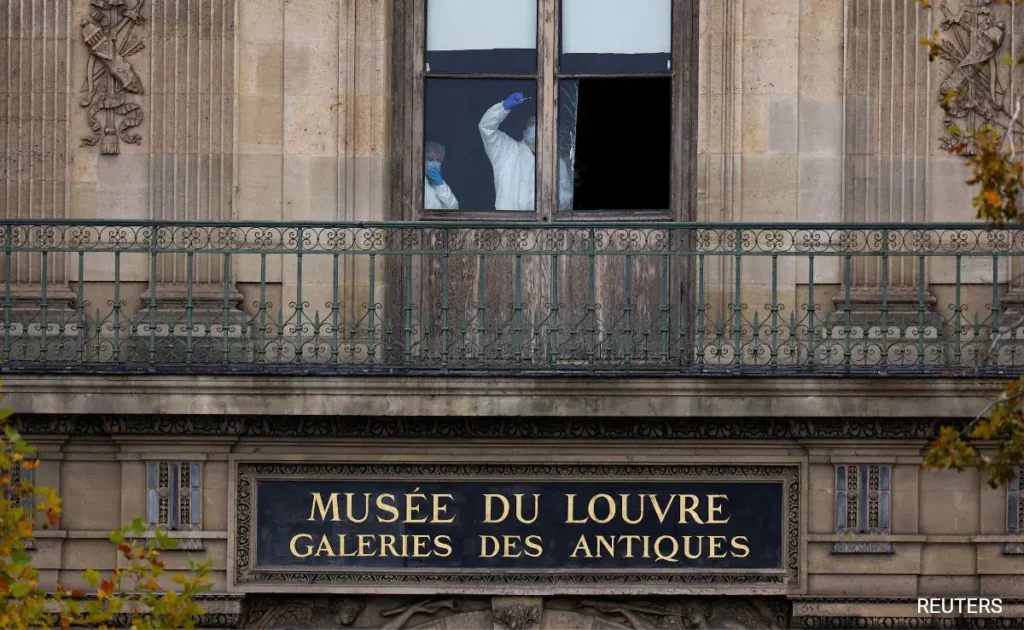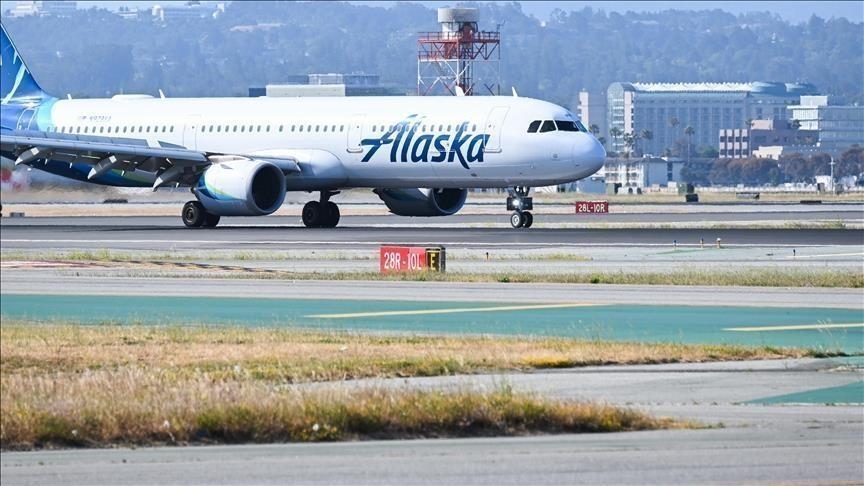Now Reading: Shimla Water Crisis Deepens: Locals Protest Shortage as Tourist Footfall Peaks
-
01
Shimla Water Crisis Deepens: Locals Protest Shortage as Tourist Footfall Peaks
Shimla Water Crisis Deepens: Locals Protest Shortage as Tourist Footfall Peaks
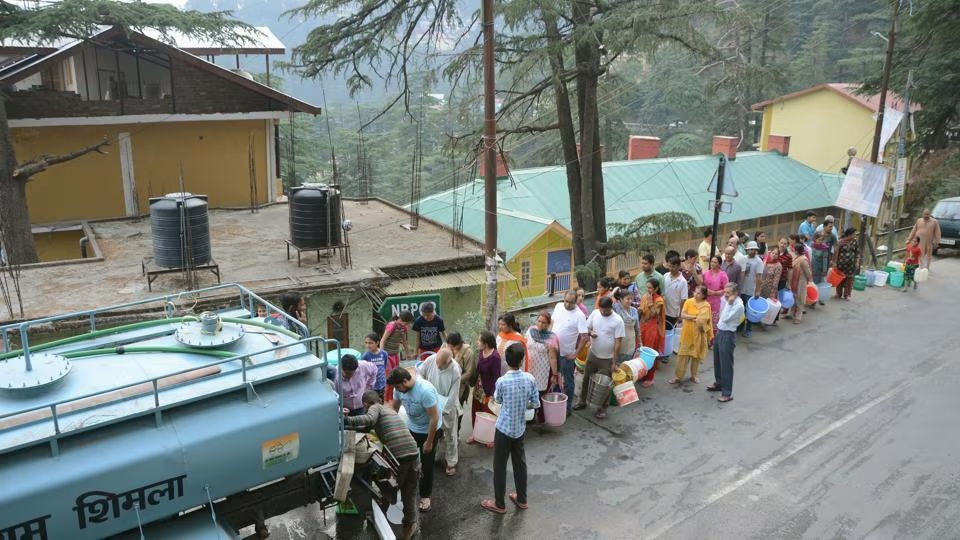
As the summer season draws thousands of tourists to Shimla, the city is battling a worsening water crisis that has sparked public protests and highlighted long-standing concerns over resource management. With daily water supply dwindling and queues for tankers growing longer, both residents and visitors are feeling the pressure.
Rising Demand, Shrinking Supply
Shimla’s daily water requirement has surged sharply with the seasonal tourist influx. The city typically receives around 45 million litres per day (MLD), but current demand has crossed 60 MLD, creating a severe mismatch. As a result, many areas are receiving water only once every two to three days.
Adding to the strain are below-average pre-monsoon rains, drying up key water sources like the Giri and Gumma rivers. Authorities have admitted that water levels at the main supply reservoirs are critically low.
Public Protests Gain Momentum
Frustrated with the erratic supply and lack of timely action, local residents have taken to the streets in several parts of Shimla. Demonstrations were reported in areas such as Sanjauli, Lakkar Bazaar, and Summer Hill, where people protested carrying empty buckets and placards demanding a fair distribution system.
Many locals argue that tourists are being prioritised over residents, especially in hotel-dense areas. The administration, however, has stated that emergency tankers are being deployed across all wards and that efforts are being made to balance the need fairly.
Impact on Daily Life and Businesses
For Shimla’s permanent residents, the situation has disrupted everyday routines. Schools, clinics, and small eateries are facing water shortages that hinder basic functioning. In some neighbourhoods, households are relying on private tankers that charge high rates, adding financial burden.
At the same time, the tourism industry—vital to Shimla’s economy—is also feeling the heat. Hotels are rationing water and limiting guest services. Several operators have begun advising tourists to check water availability before planning their visit.
Long-Term Issues and Urban Pressure
Experts point out that Shimla’s water woes are not new. The city’s ageing water infrastructure, combined with unregulated urban growth, has left it ill-equipped to manage seasonal surges. Illegal construction, pipeline leaks, and a lack of rainwater harvesting mechanisms have added to the stress.
With climate change leading to erratic rainfall and shrinking glaciers, the crisis could worsen in coming years if structural reforms are not introduced.
Conclusion: A Wake-Up Call for Himalayan Cities
Shimla’s deepening water crisis is a stark reminder of how fragile urban ecosystems in hill stations can be. While temporary measures may offer short-term relief, the need for long-term solutions—such as water recycling, infrastructure upgrades, and sustainable tourism policies—is urgent.
As protests grow louder and taps run dry, the situation underscores the importance of equitable resource planning in cities where population pressure meets environmental limits.





